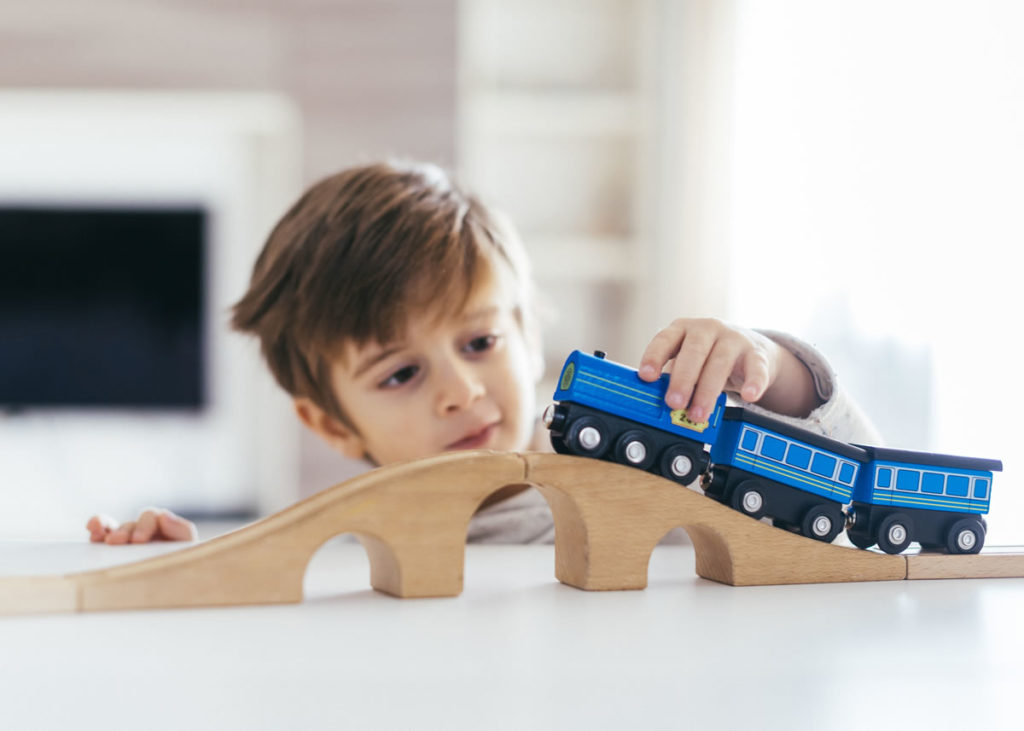In the movie Inside Out , 11-year-old Riley has several islands of personality in her brain. These islands were created from your past memories, experiences, interests, and passions. Basic positive and negative memories create these islands that make up our personality or sense of self. Our brains form islands of personality (or, for the purposes of this article, islands of self) because of our interests, relationships, experiences, and how others in our lives have affirmed, supported, or possibly weakened our thoughts about who we are and how we are. .

Consequently, how can educators help build, repair, and strengthen islands of student self? When we take a few minutes to share and reflect with students, we cultivate a connection that sustains us, even through the most difficult moments that take place in the classroom.
Validation is an effective strategy aligned with the brain that consists, for example, of saying to a student: “I hear you and I understand you.” Why? Because the validation of the feelings of a child or adolescent can help that student feel understood, which is an integral and fundamental part of the emotional, social and cognitive development of each student.
As professors and teachers, if we delve into this activity, we will be able to discover what type of islands each student identifies , like Riley, and together with their name, students can explain the reason for their islands and what caused them to originate. It is a very useful reflection exercise for teachers and very entertaining and interesting also for students, which provides valuable information about each one’s beliefs, fears, logic, the sense of self … For example, a group of Students from the city of Salamanca who carried out this experiment a few months ago gave these conclusions and names to their islands, which undoubtedly could be identified with their way of seeing the world or with their state of mind:
- Island of friends.
- Island of laughter.
- Island of anguish.
- Fantastic animals island.
- Reading island.
- Dance island.
- Island is never enough.
- Spiderman Island.
Strategies for students to develop islands of themselves
- Ask students to identify and share their “islands of themselves.” As an educator, you can begin modeling this activity by explaining to students that islands are always changing based on our interests , passions, affirmations, experiences, relationships, and perceptions. Change is life, and like real islands, our islands can grow healthier or shrink and weaken.
- Create and display “islands of themselves” at the beginning of the course or a term, explaining that these could change depending on what happens in the following months. This is a great strategy for collecting perceptual data: the more students know about themselves, the stronger your students will be. Self-reflection and self-observation are the building blocks for good cognitive and academic growth .
- Create an “Island of the Future” and encourage students to imagine, innovate, and begin planning what social and emotional topography will be part of that island.
- These islands could be integrated into art, language and history curricula, and of course philosophy or even tutoring, and is an activity for all ages and grade levels. The islands of the self could also be compared to the construction of mathematical operations and algorithms or to biological changes.

- Consider teaching a history, biology, and / or geography lesson about changes in people, landforms, and bodies, and how the environment and cultural changes create and modify new islands of the self , as it will be a very good that students understand what it is about.
The so-called trains of thought
In the movie Inside Out, we saw Riley’s thoughts run through her mind for days and stop or slow down when she slept, and we call this trains of thought. We know that the brain never stops working unless we are dead, but we do not know if while we sleep our trains can take other routes in which, possibly, our subconscious thought processes are “the engineers.”
We saw fear creep into Riley’s train of thought on her first day of school, followed by anger and sadness. His shifting feelings distracted the headquarters (the prefrontal cortex) in his brain, and thus his train of thought derailed multiple times. Paying attention and concentrating are prerequisites for sustainable learning , but sustained attention and working memory are executive functions that are not fully developed until a young age or early adulthood.
We know that emotions attract attention and that many students enter classrooms in a very vigilant brain state, constantly scanning the environment for feelings of security and familiarity. For this reason, what appears to be inattention or lack of focus in many students is actually the opposite, that they are paying close attention to possible threats in their environment.
Questions you can ask your students
- When does your train of thought run smoothly with few stops?
- When does your train of thought fight? Why?
- What can I do in the classroom to help your train run with great speed and precision?
- What can you do to help your train of thought stay on the tracks and reach its destination?
Strategies to follow in the classroom
If your students are young, you can work making trains and seats with cardboard boxes that simulate wagons. Remember that the younger the students, the more important it is that teaching can be made tangible and practical.

For older students, a good idea may be to create a train of thought analogy or visualization , which could support goal setting and planning. Ask questions like: where is your train heading now? Where do you want to go? What are the changes to planning this trip that you could make?
Teaching students about self-knowledge and their own way of thinking is the path to empowerment, self-confidence, and that necessary foundation between learning and self. So these activities and strategies can help students relax and free their minds from unnecessary stress and worry. Through breathing and movement, students could also find that path to the true inner self, which favors attention and active learning.











































































































